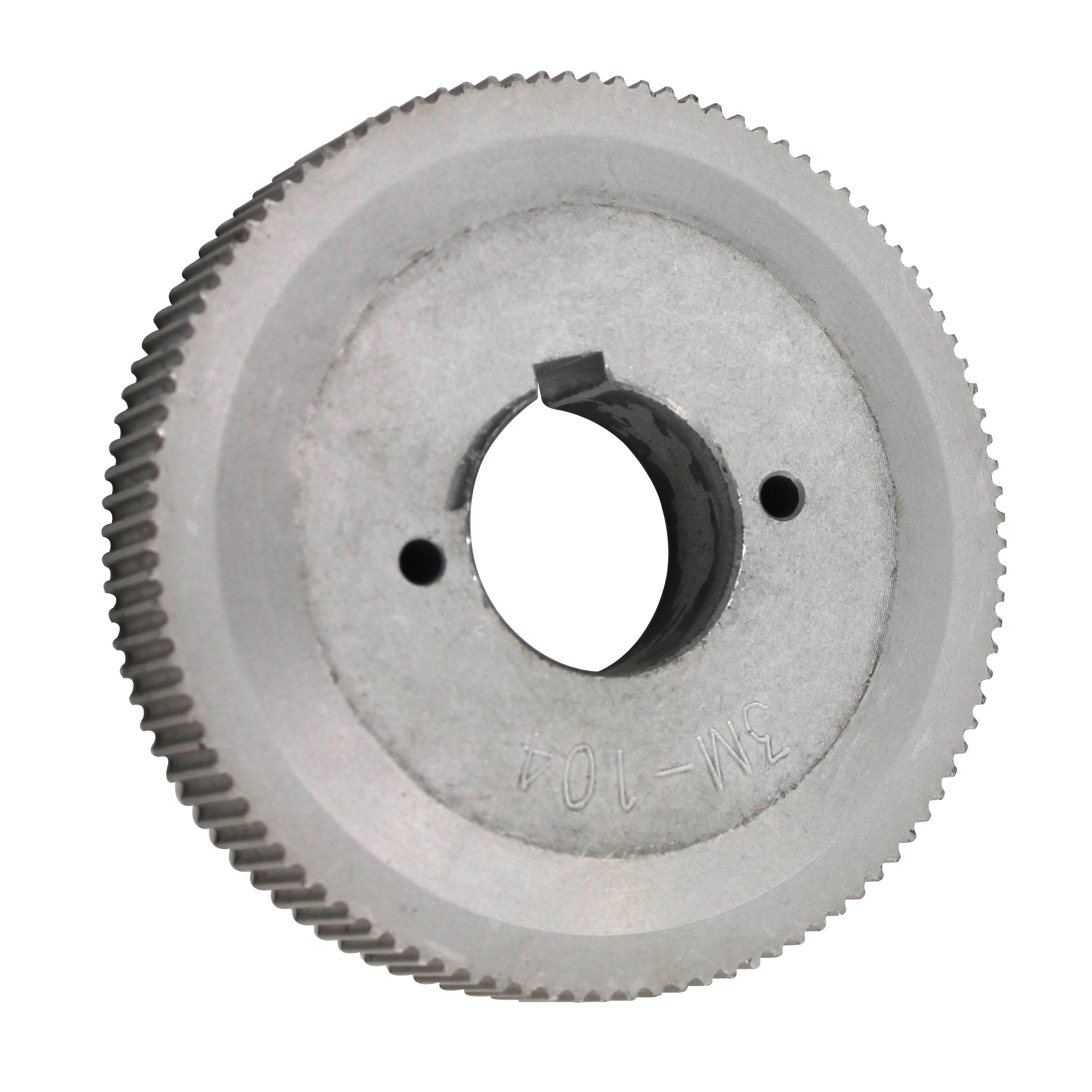drag conveyor
Understanding Drag Conveyors Key Components and Applications
Drag conveyors, also known as drag chain conveyors or scraper conveyors, are essential pieces of equipment in various industries for the efficient transport of bulk materials. These conveyors work on a simple yet effective principle, utilizing a series of linked chains and paddles to move materials along a trough. Drag conveyors are particularly popular in industries such as agriculture, mining, and manufacturing, where the movement of heavy materials is a core requirement.
One of the primary advantages of drag conveyors is their ability to handle a wide range of materials. From grains and feed to aggregates and waste, drag conveyors can accommodate diverse bulk commodities. This versatility stems from their robust construction, which allows them to manage difficult materials, including those that are abrasive, sticky, or in fine particulate form. The design of a drag conveyor can be customized to specific requirements, ensuring optimal performance regardless of the material being transported.
The basic components of a drag conveyor include the conveyor housing, the drag chain, paddles or flights, and the drive mechanism. The conveyor housing is usually made of sturdy metal, providing the necessary strength to withstand the bulk material's weight and any environmental factors. The drag chain, typically made from high-strength steel, is linked together to form a continuous loop. Paddles or flights, attached to the chain, play a crucial role in pushing the material along the trough.
drag conveyor

One significant feature of drag conveyors is their ability to operate in both horizontal and inclined positions. This flexibility allows them to be incorporated into various settings, such as grain silos, manufacturing plants, and mining operations. Drag conveyors can also be used in enclosed environments, minimizing dust emissions and improving workplace safety.
Maintenance of drag conveyors is relatively straightforward. Regular inspections and lubrication of the chain and drive components can significantly extend the life of the equipment. Additionally, operators can easily access the conveyor’s interior for cleaning and maintenance due to the design of the trough, which promotes efficient material flow and minimizes blockages.
In summary, drag conveyors are vital in numerous industries for their effectiveness in transporting bulk materials efficiently. Their robust design, versatility, and ease of maintenance make them an ideal choice for manufacturers looking to optimize material handling processes. As industries continue to evolve, drag conveyors will remain a reliable solution for meeting the challenges of transporting heavy and diverse materials. Understanding their functionality and advantages can help businesses leverage this essential equipment to enhance their operational efficiency and productivity.








